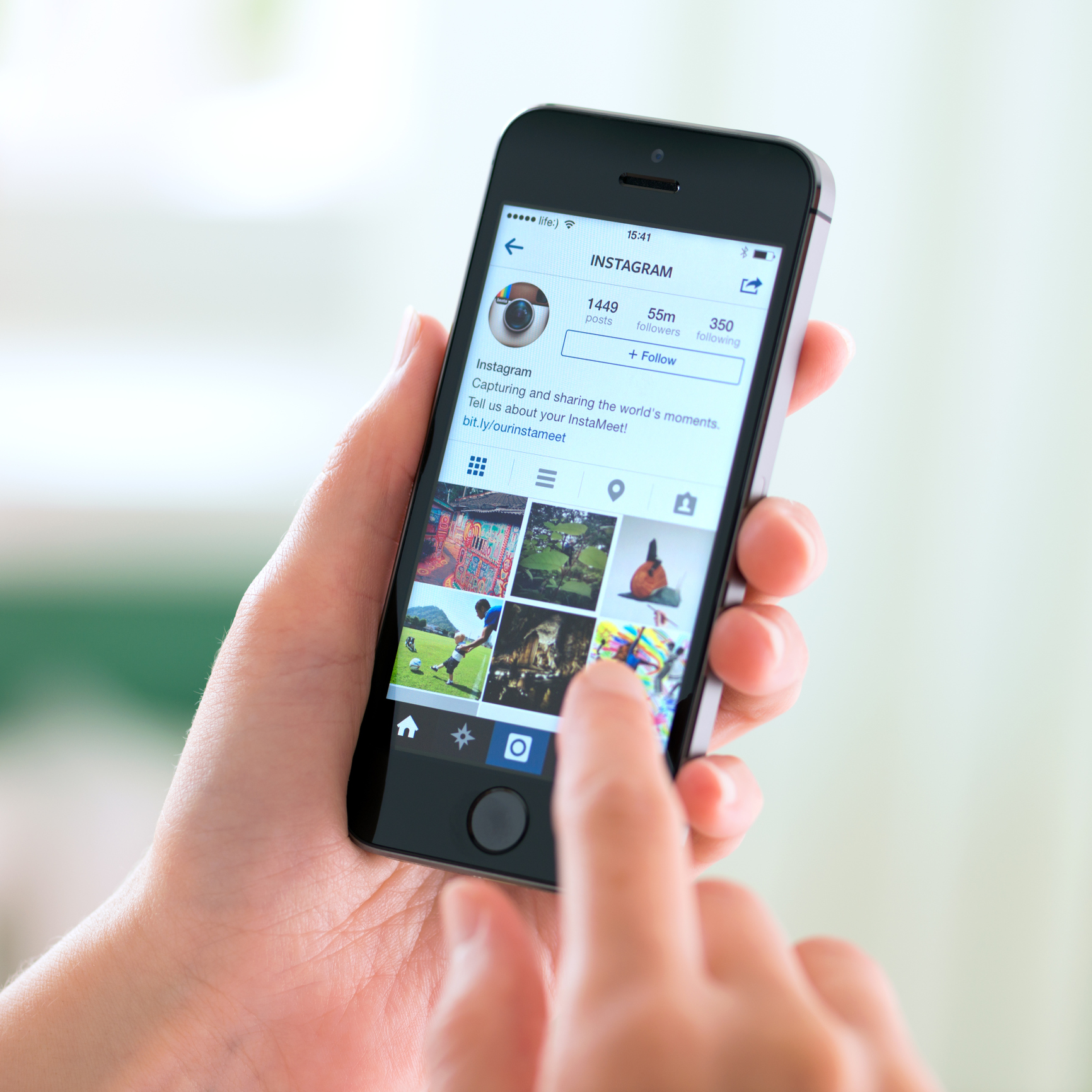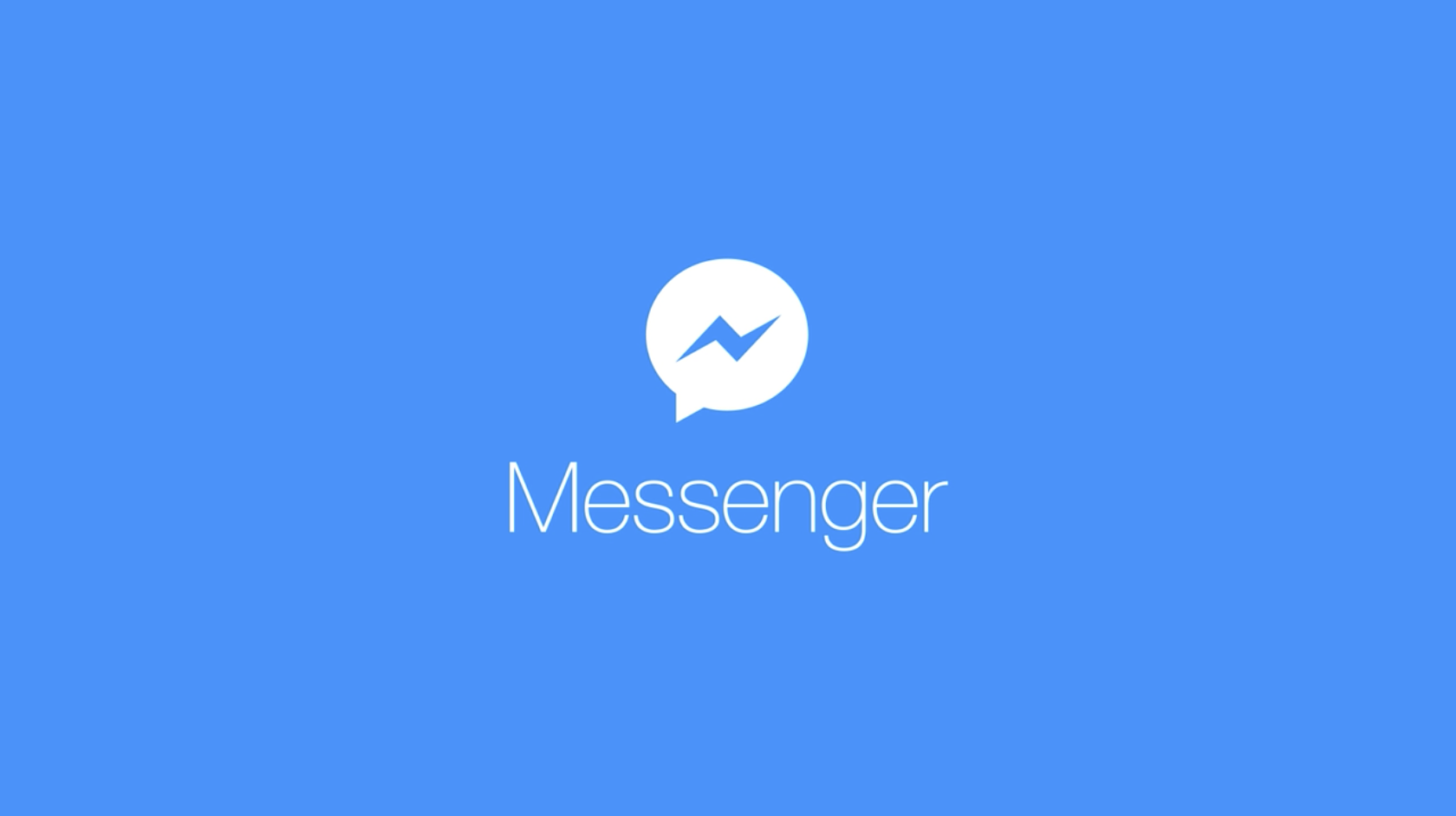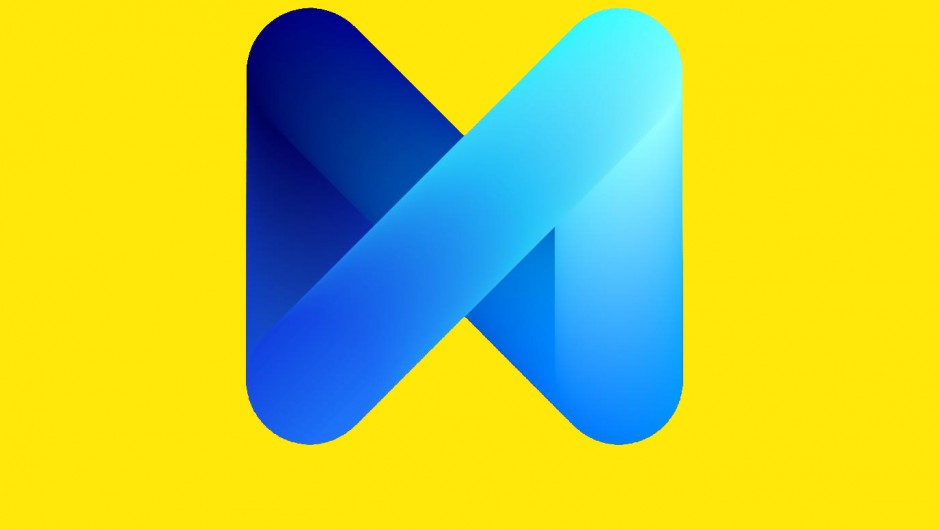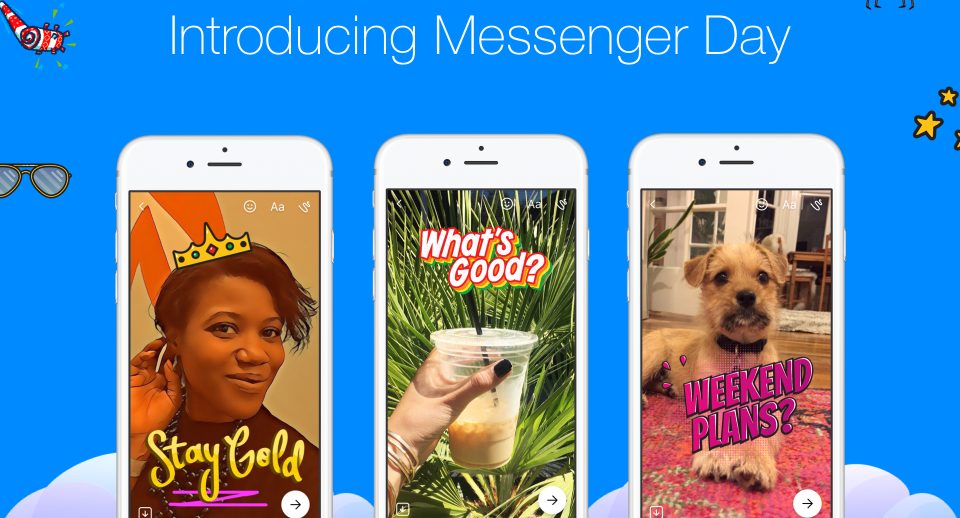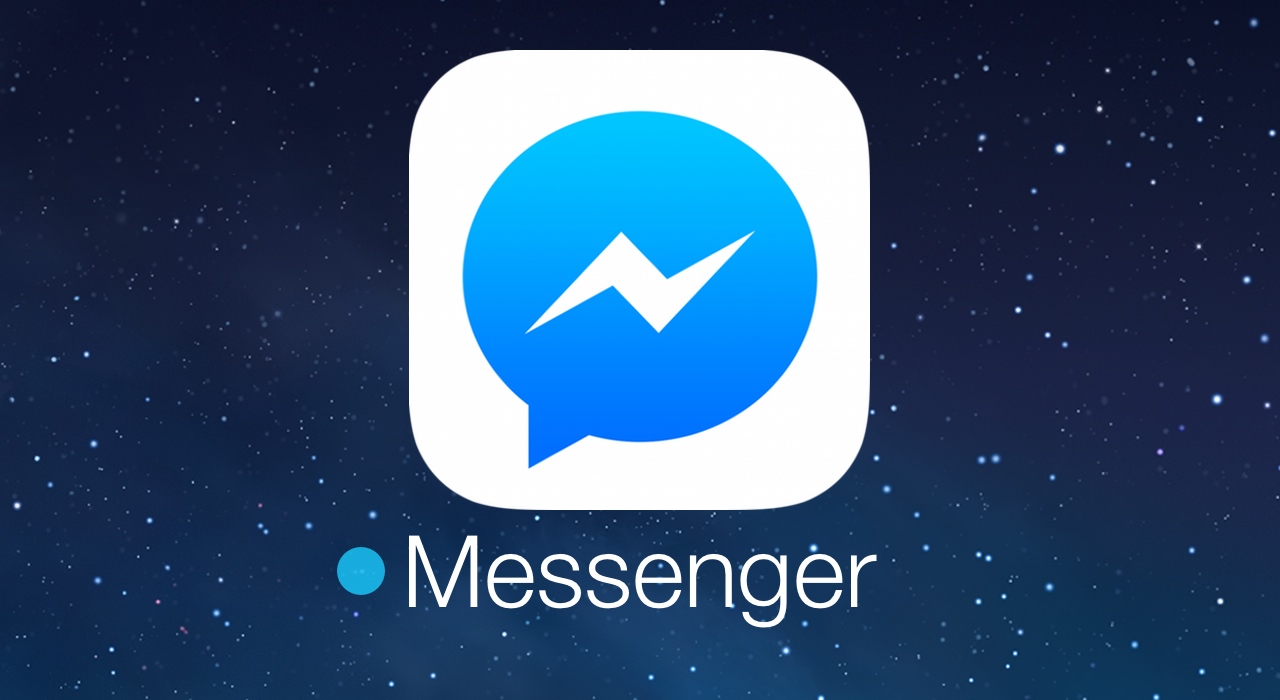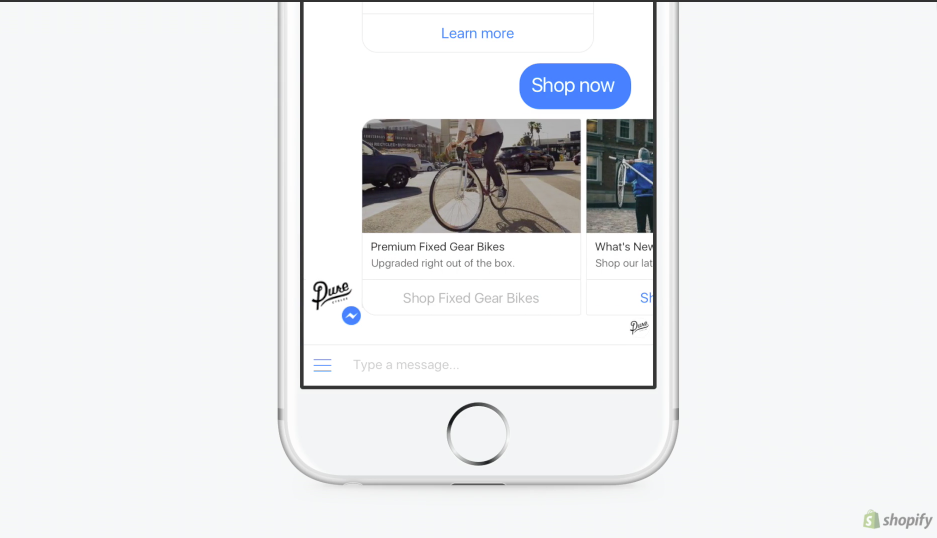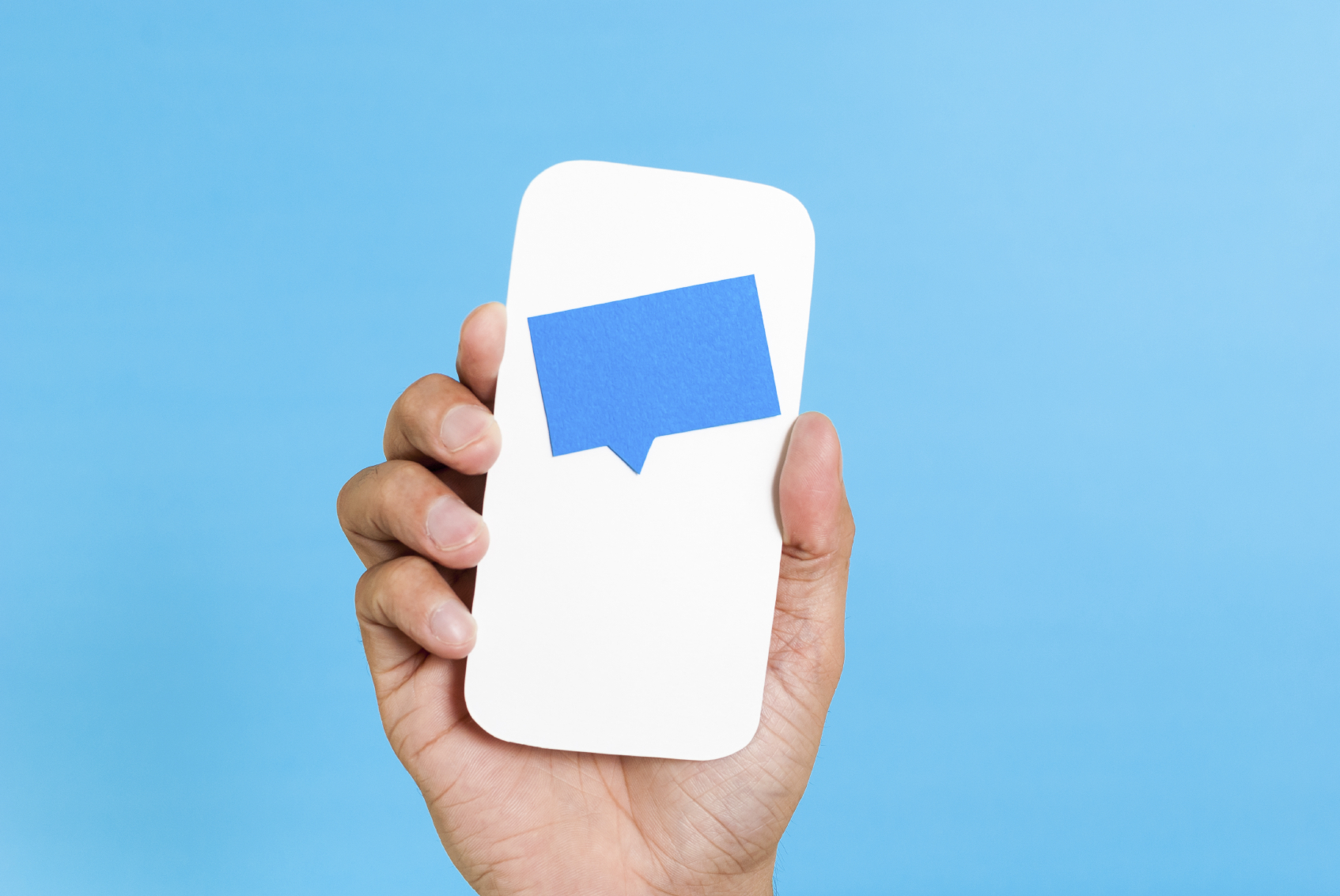What Happened
Facebook is ramping up the cross-platform promotion among its popular properties by allowing brands to buy ads from Facebook to run on Instagram that link to a brand’s account in Facebook’s messaging app. This means that brands can now add deep-linking codes to their photo, video, and carousel ads on Instagram, which will open up a specific messaging thread on Messenger for users clicking on them, enabling brands to drive conversations and promote their chatbots on Messengers.
What Brands Need To Do
This update reveals two things about Facebook’s conversational strategy. First, this indicates that Instagram probably won’t be getting chatbot anytime soon, a reasonable move considering that Instagram’s messaging section is already getting a bit crowded after incorporating Snapchat-inspired ephemeral messaging features. It helps to uphold the distinction between Instagram, the visual-heavy social sharing app, and Facebook Messenger, the all-in-one chat platform. Secondly, Facebook is betting on Instagram as a lead generator to rev up consumer interest, but opts to leave all the customer service tasks to Messenger, which has some advanced features such as payment support that Instagram lacks.
Messaging apps has become an increasingly important channel for brands to effectively reach mobile customers. Sephora recently launched a Facebook campaign with in-feed ads that directed people to Messenger, resulting in an 11% increase in makeup booking sessions. Bots can be a powerful and cost-effective tool for handling basic information requests, managing business bookings, and facilitating direct purchases. More brands should be coming up with a conversational strategy that include not only how to use bots to improve their brand messaging and services but also how to properly promote the bots.
Source: Marketing Land
